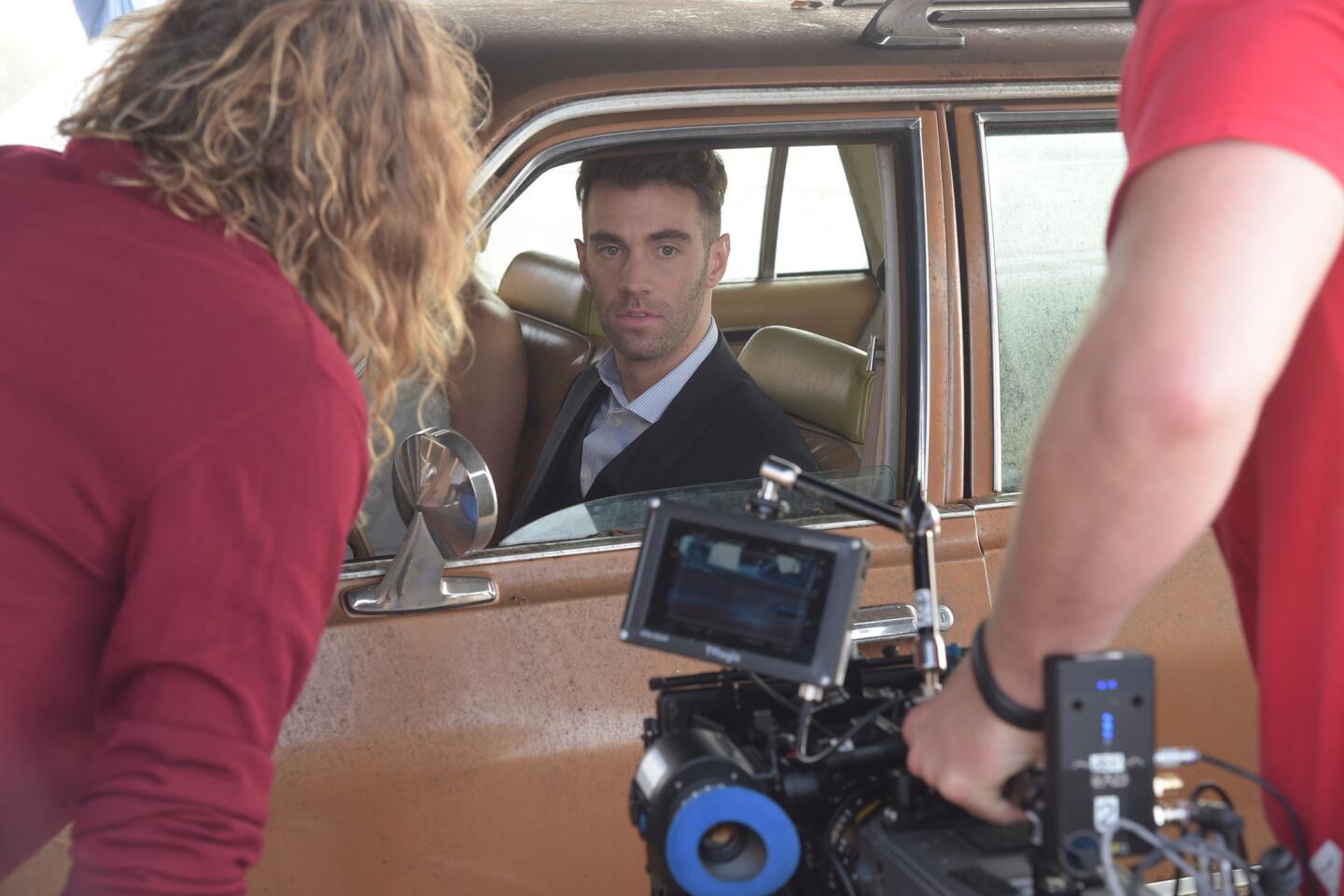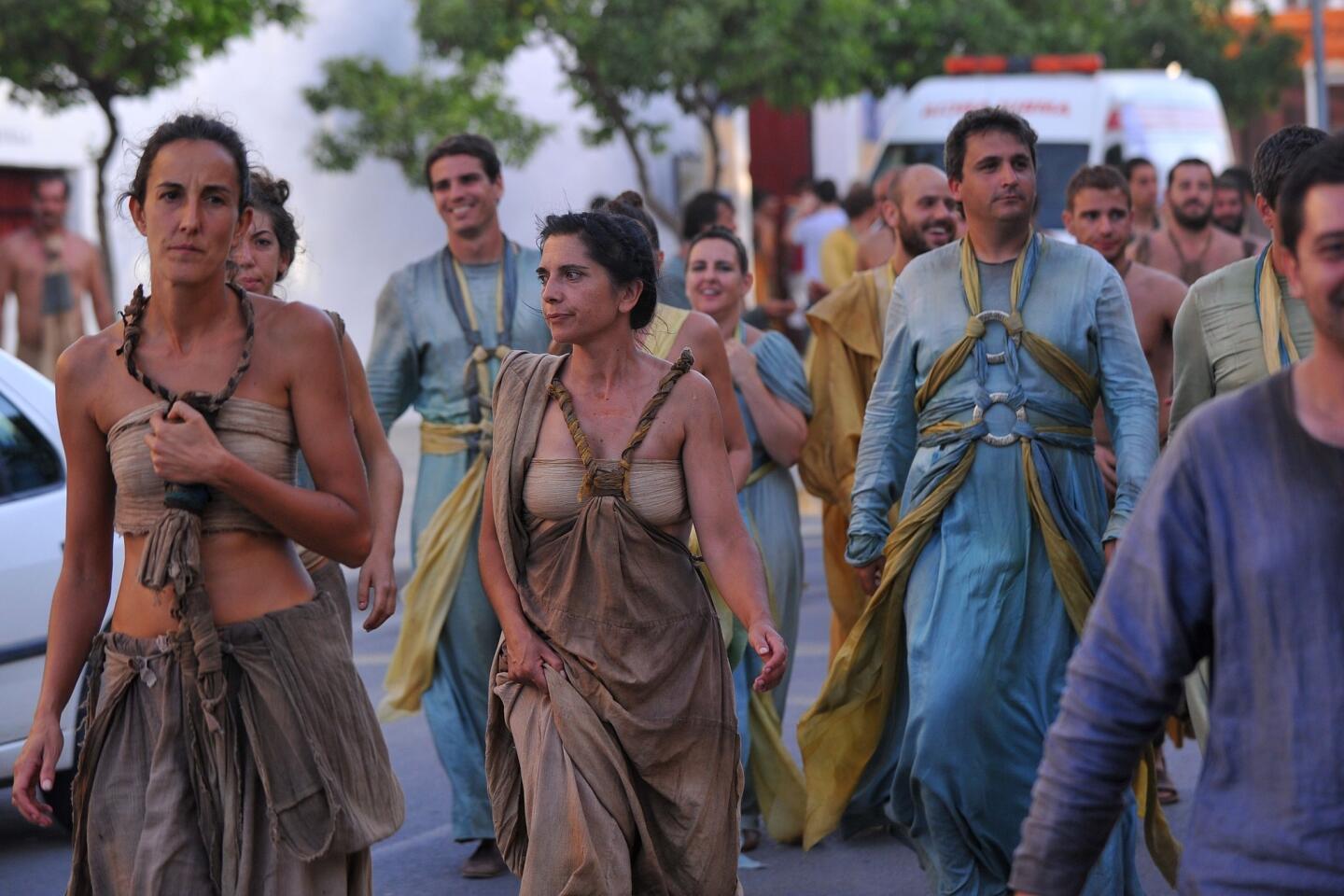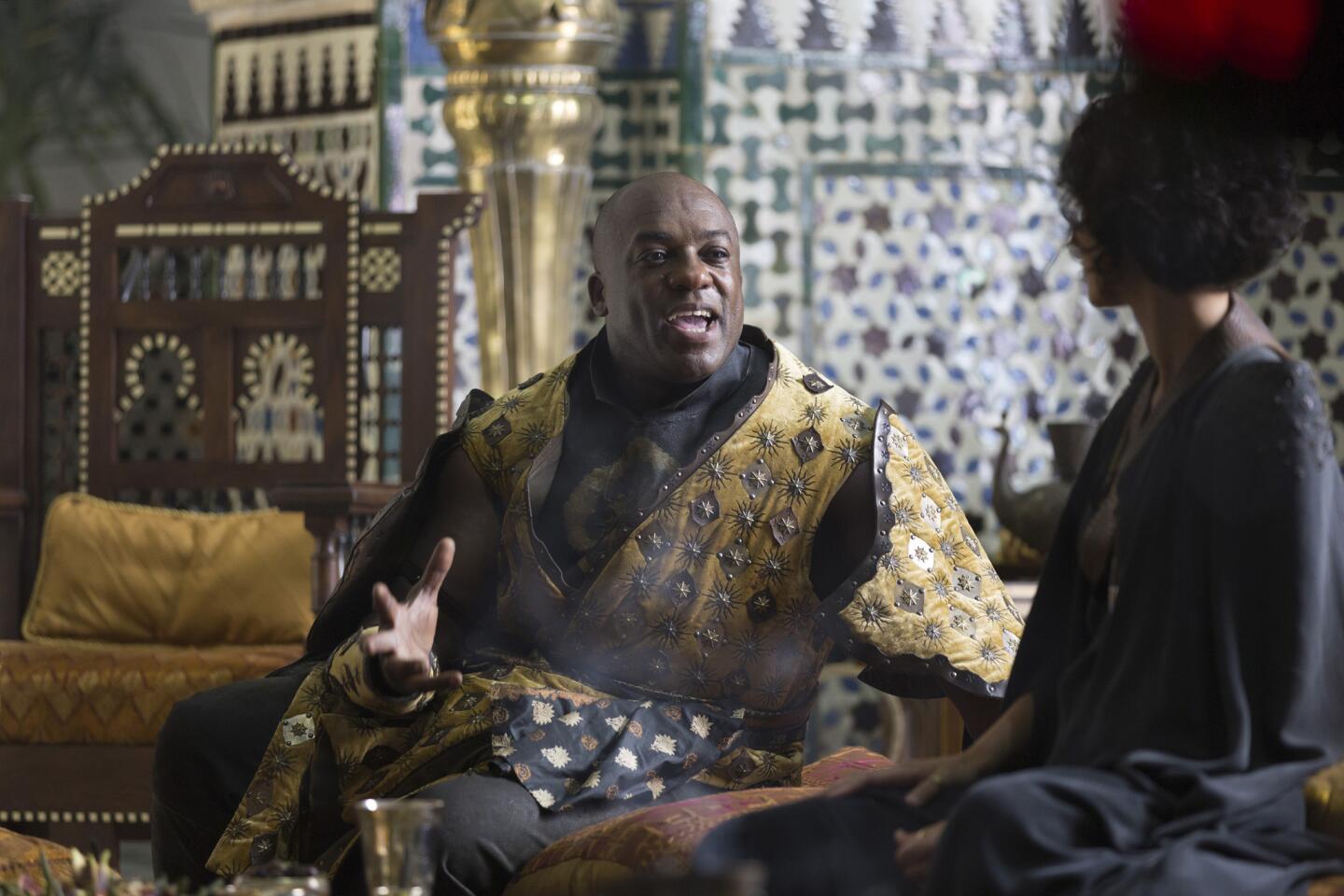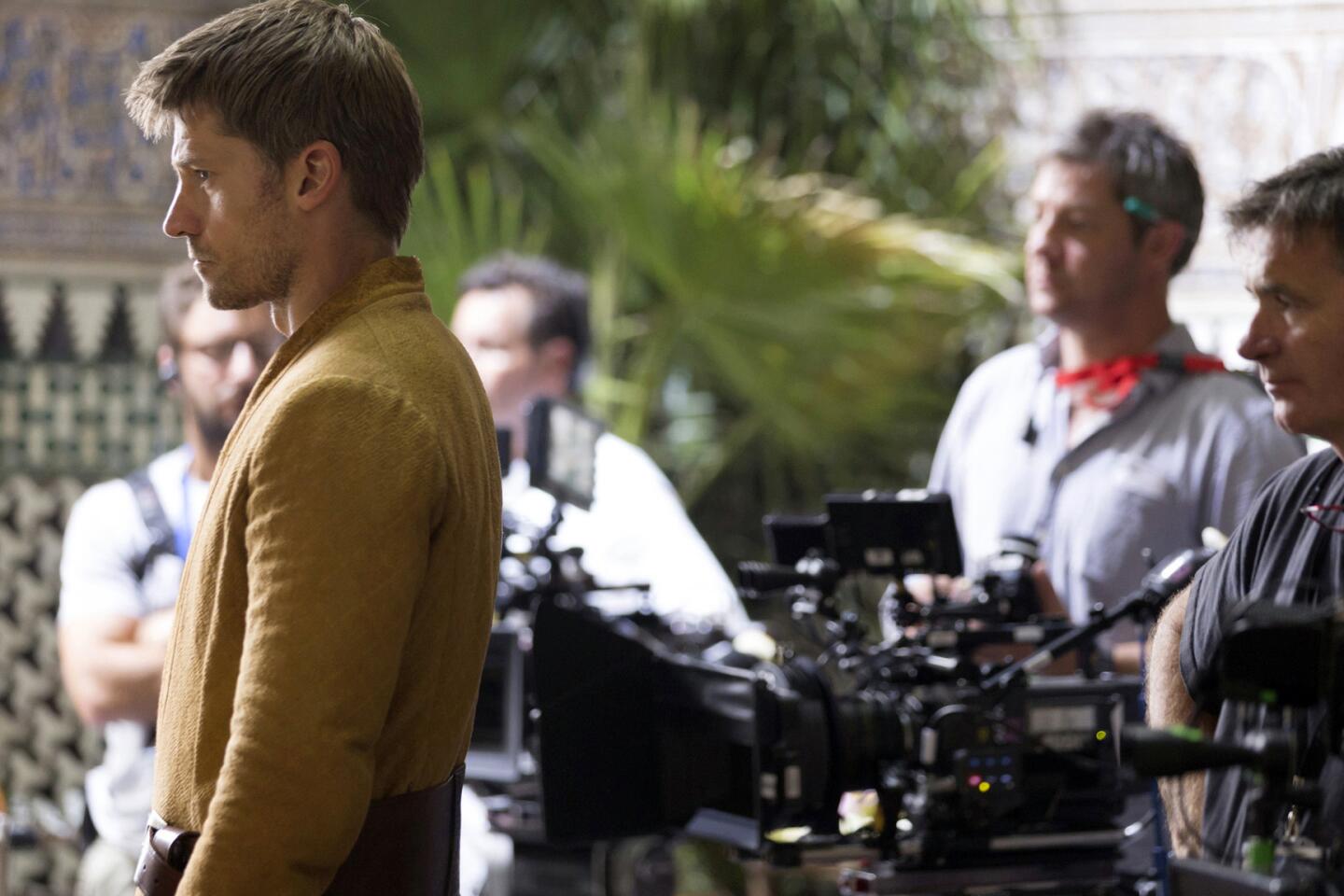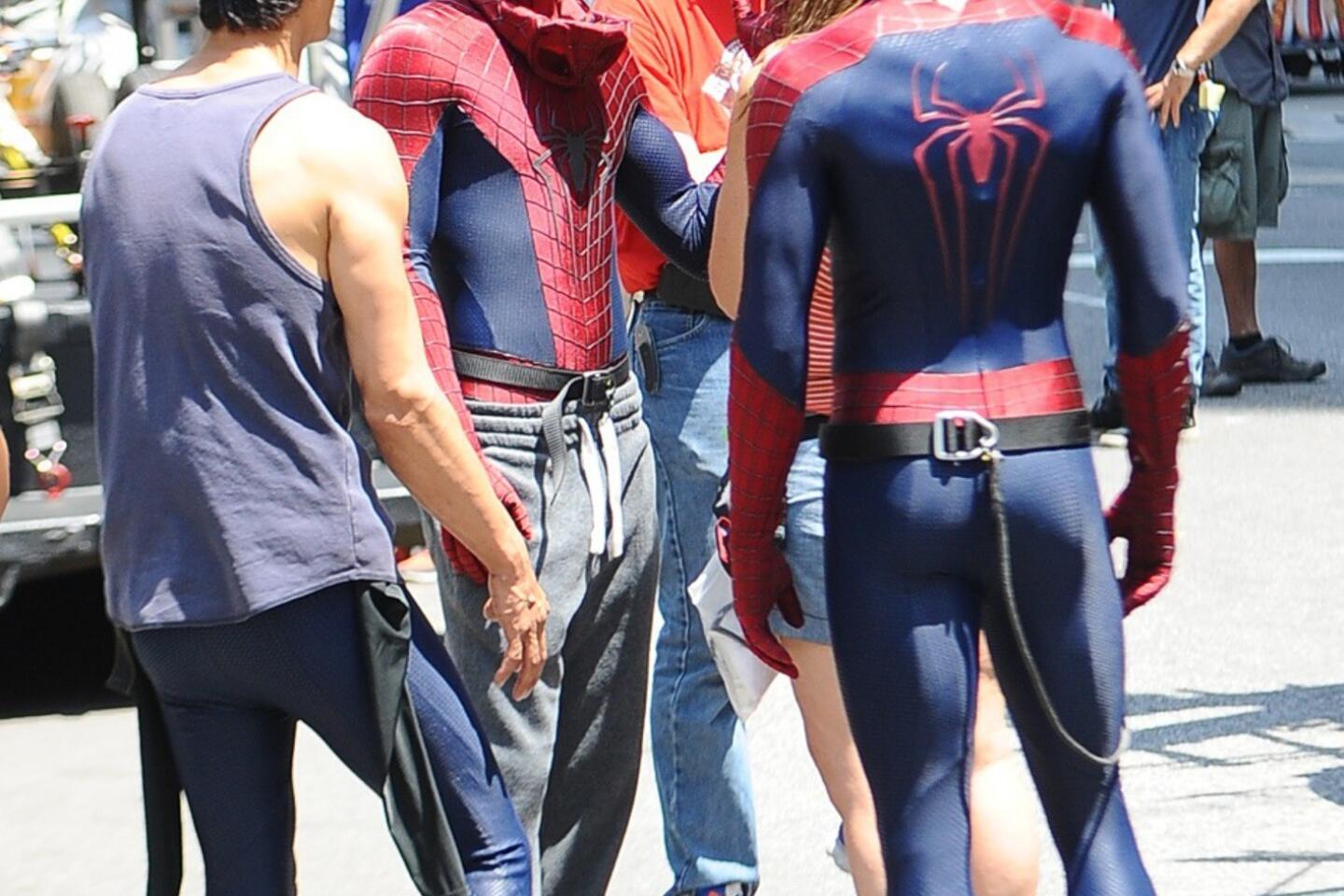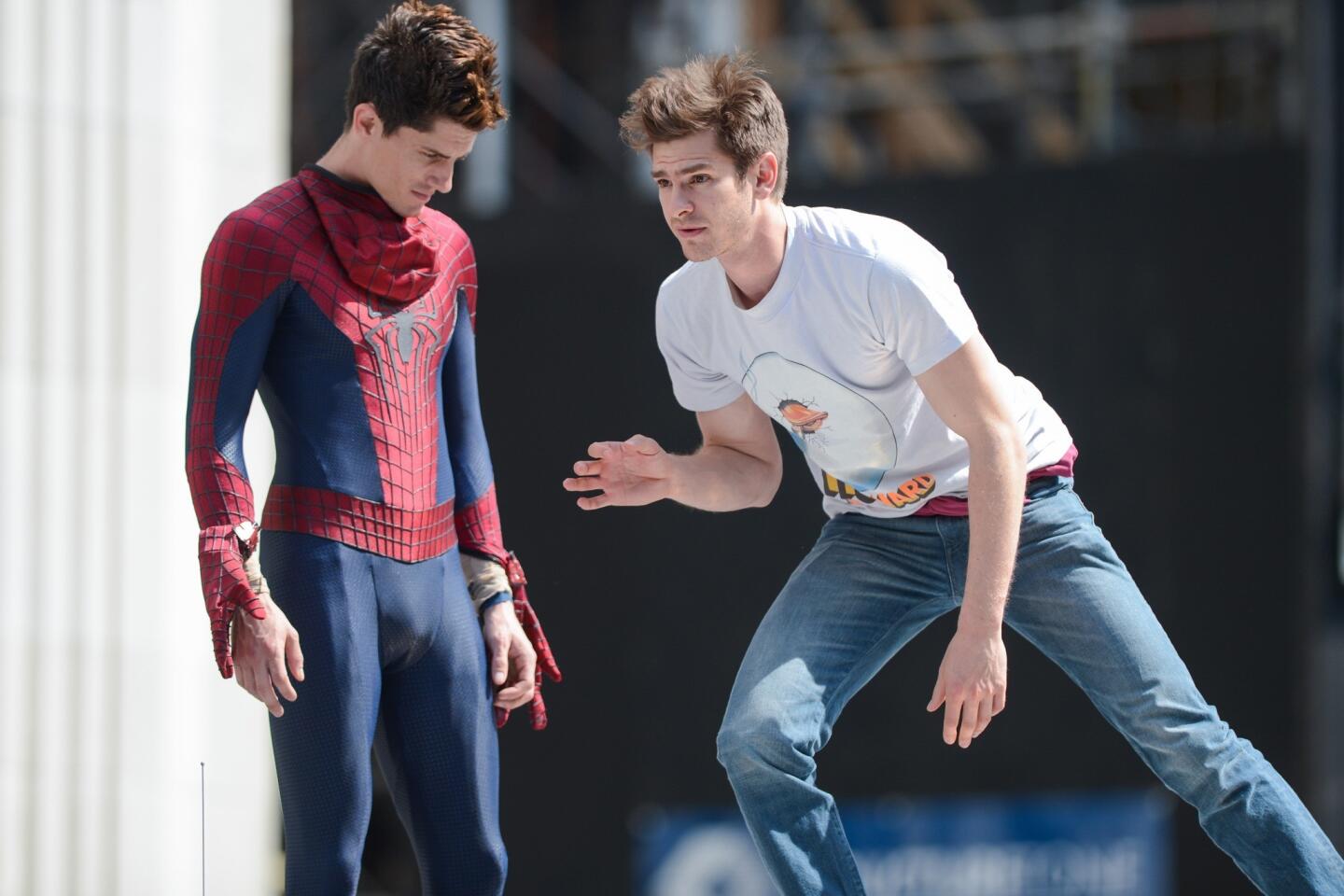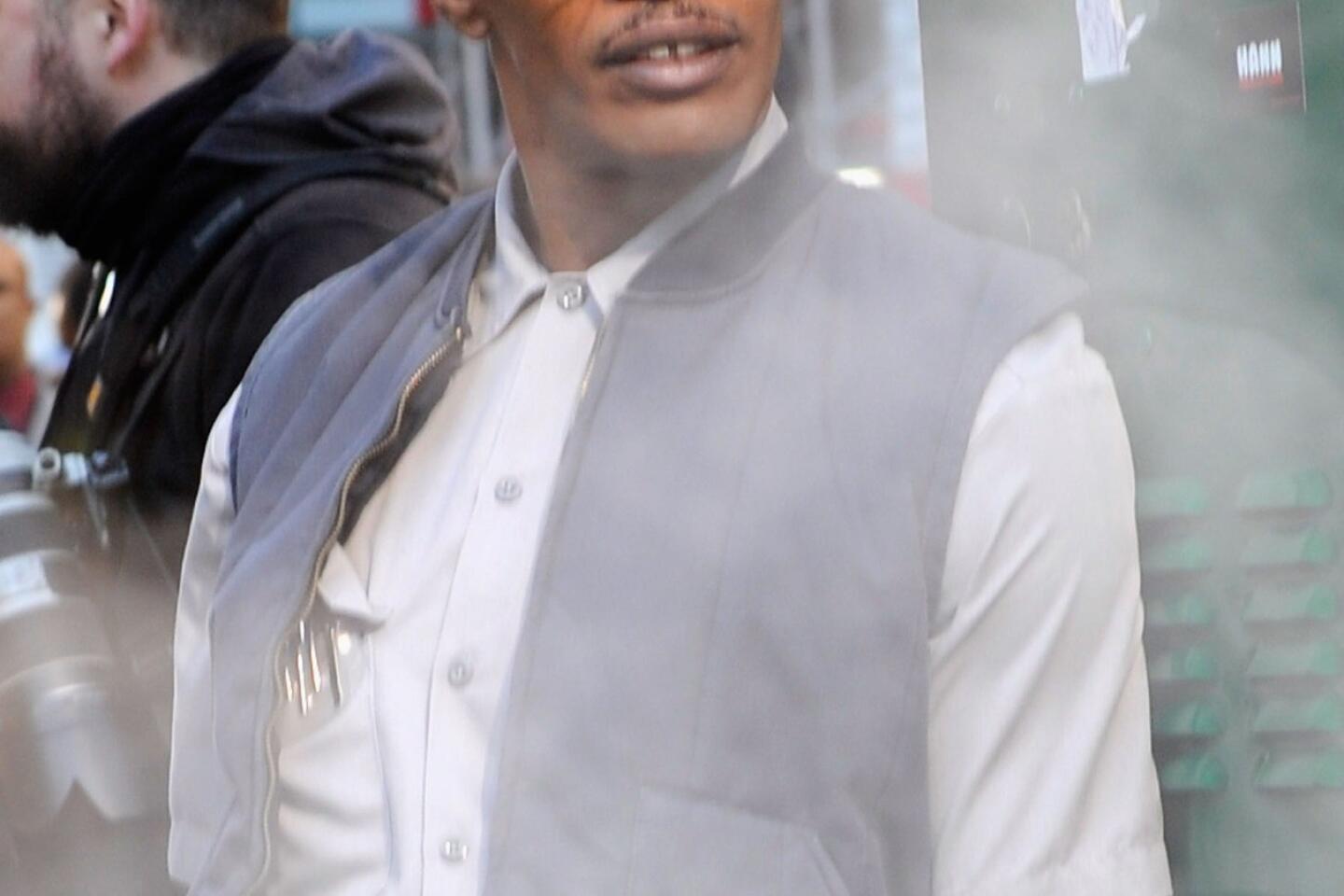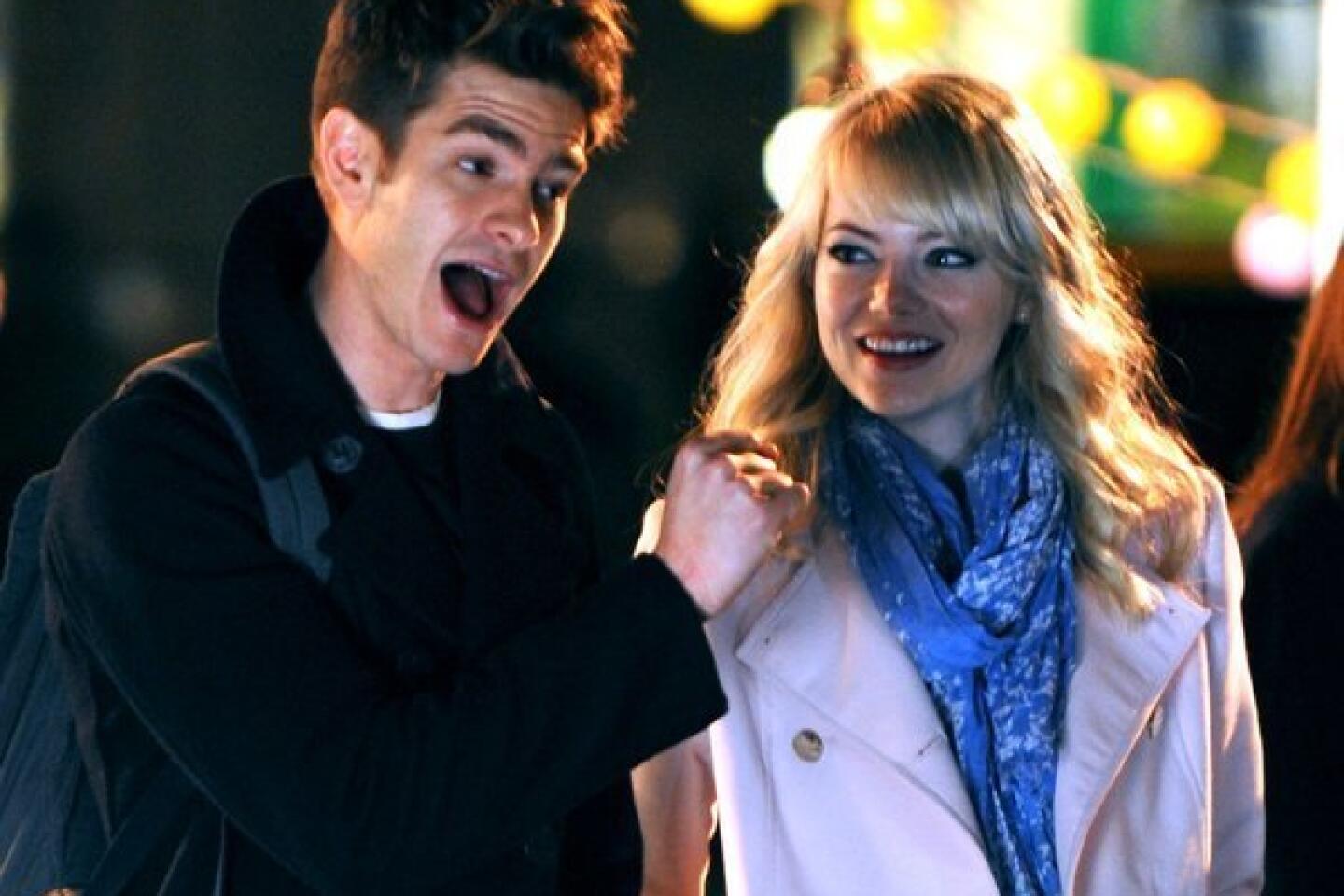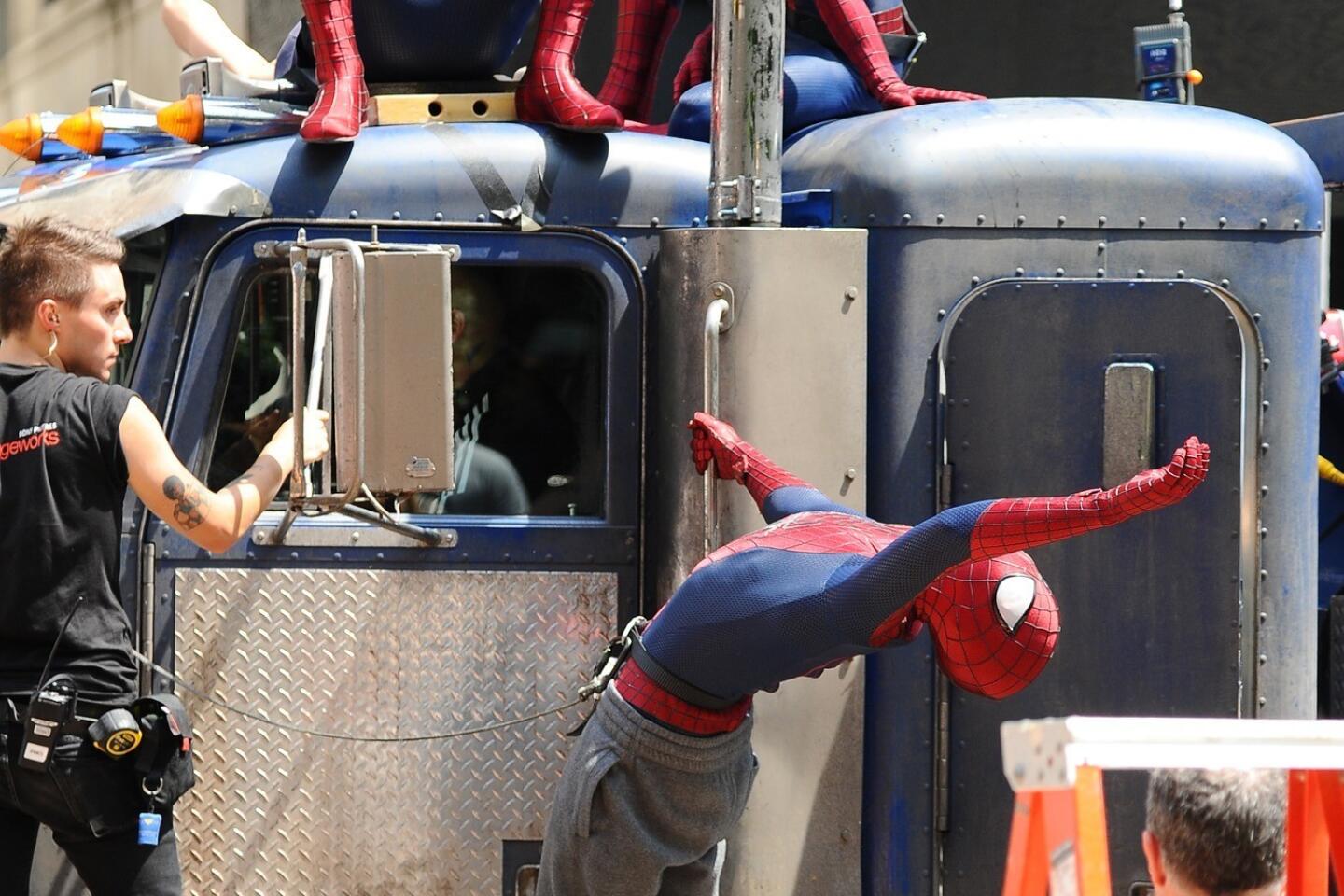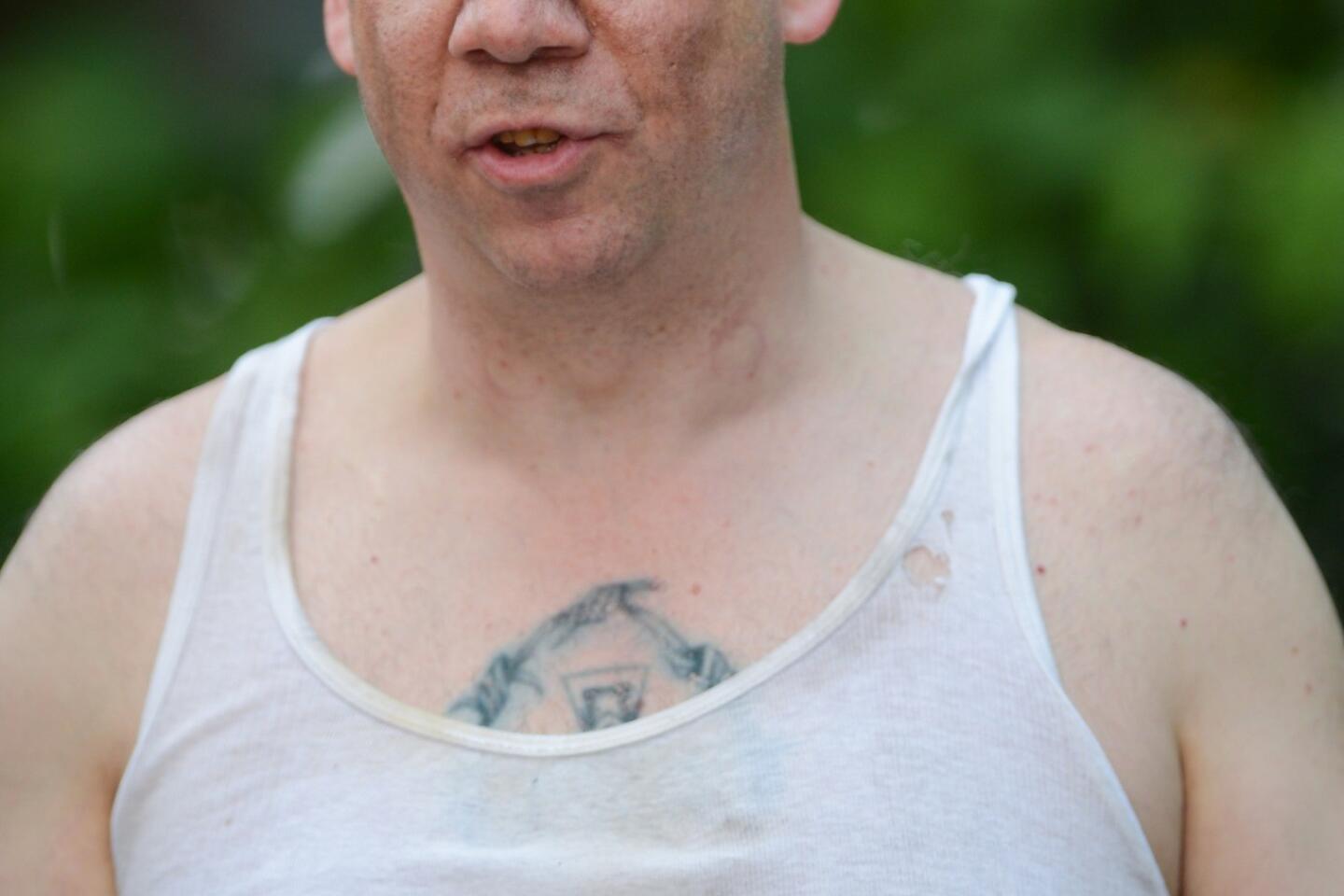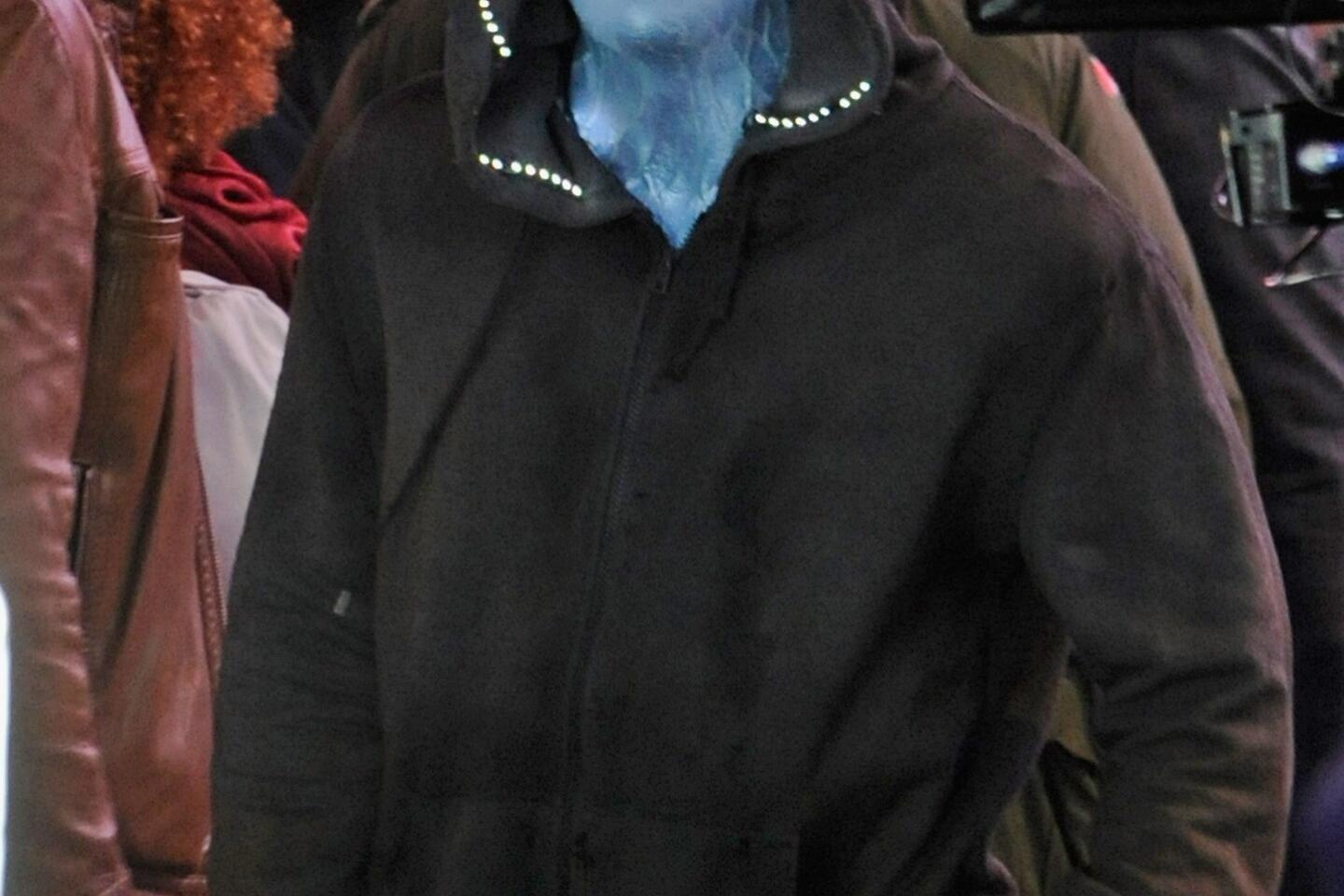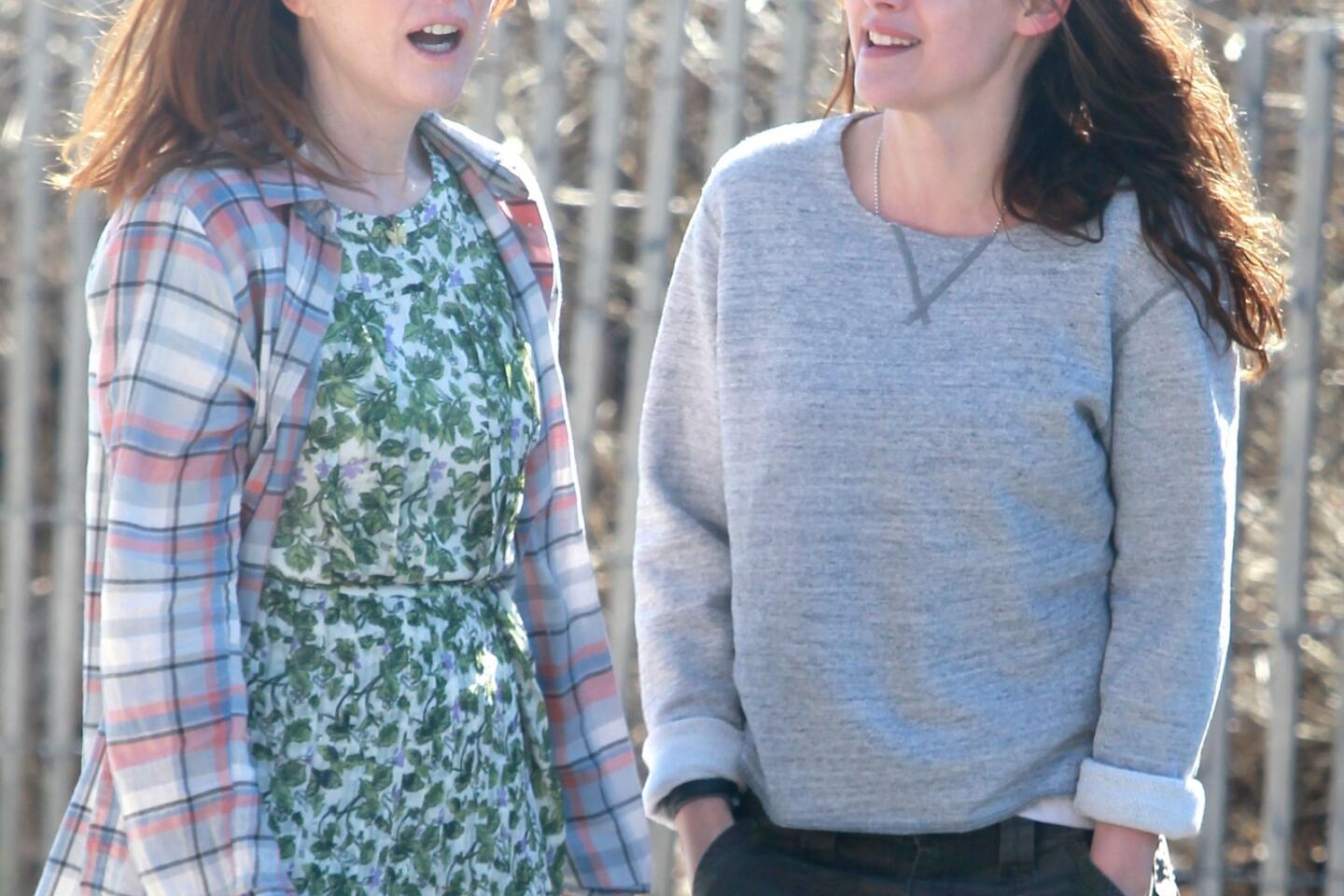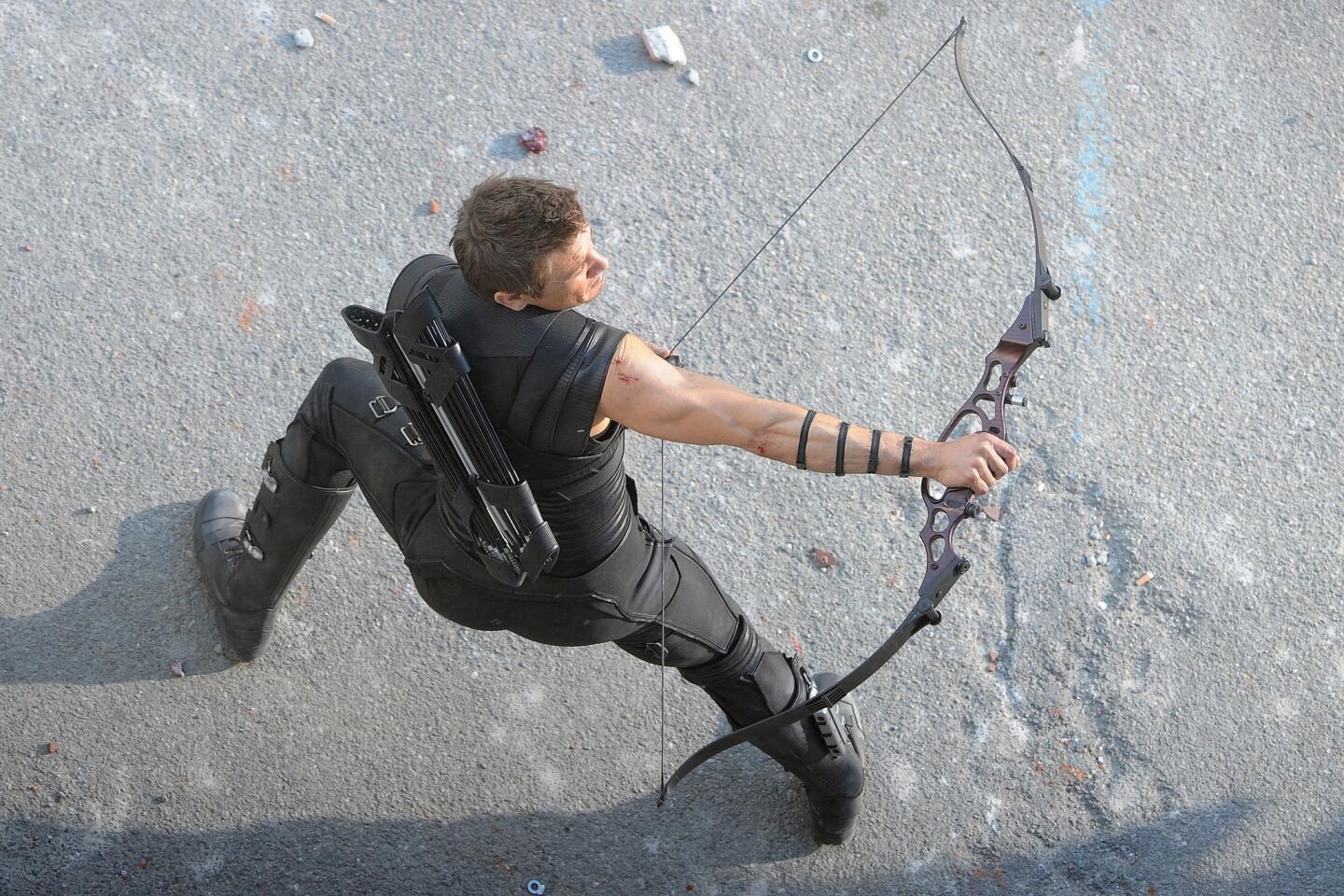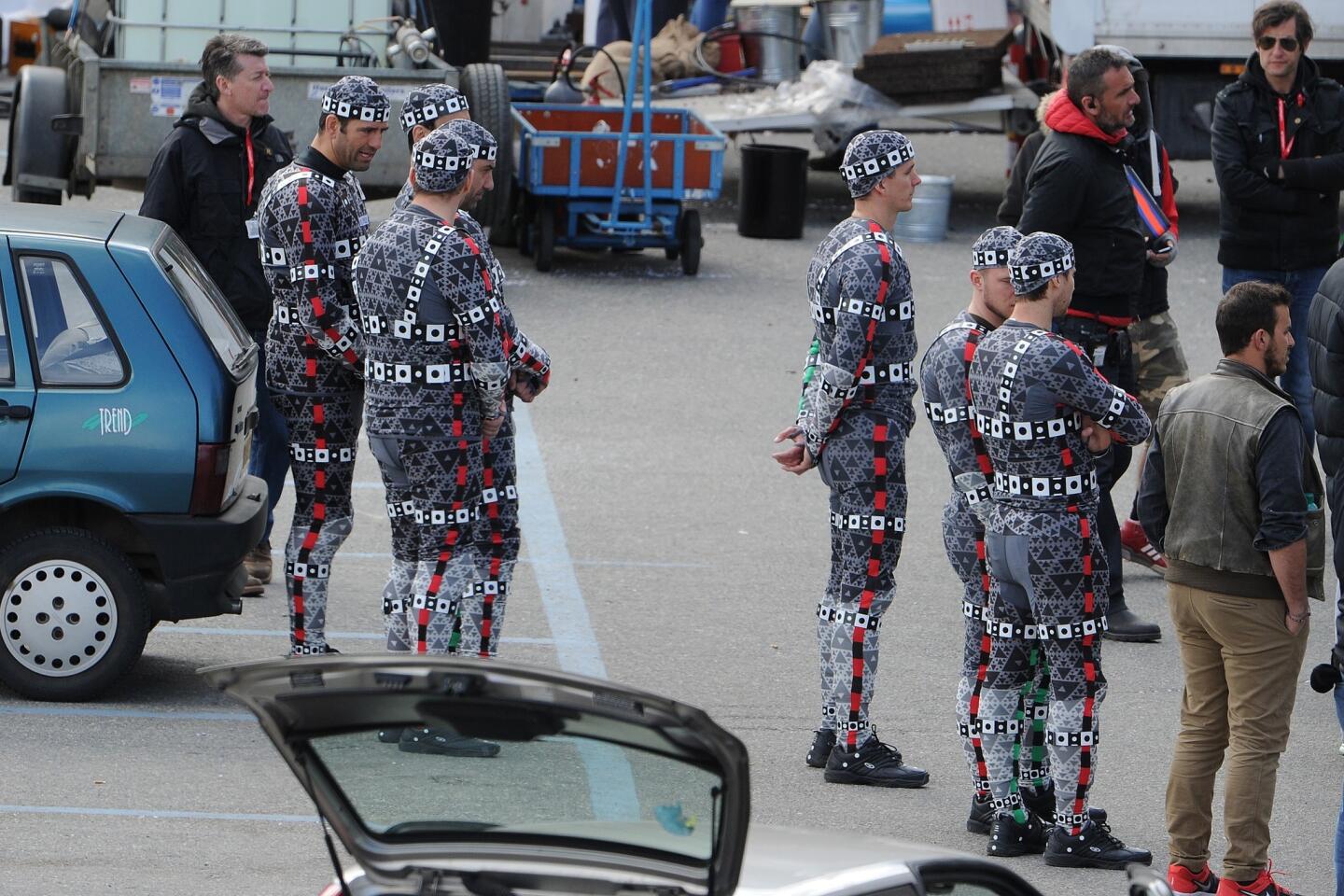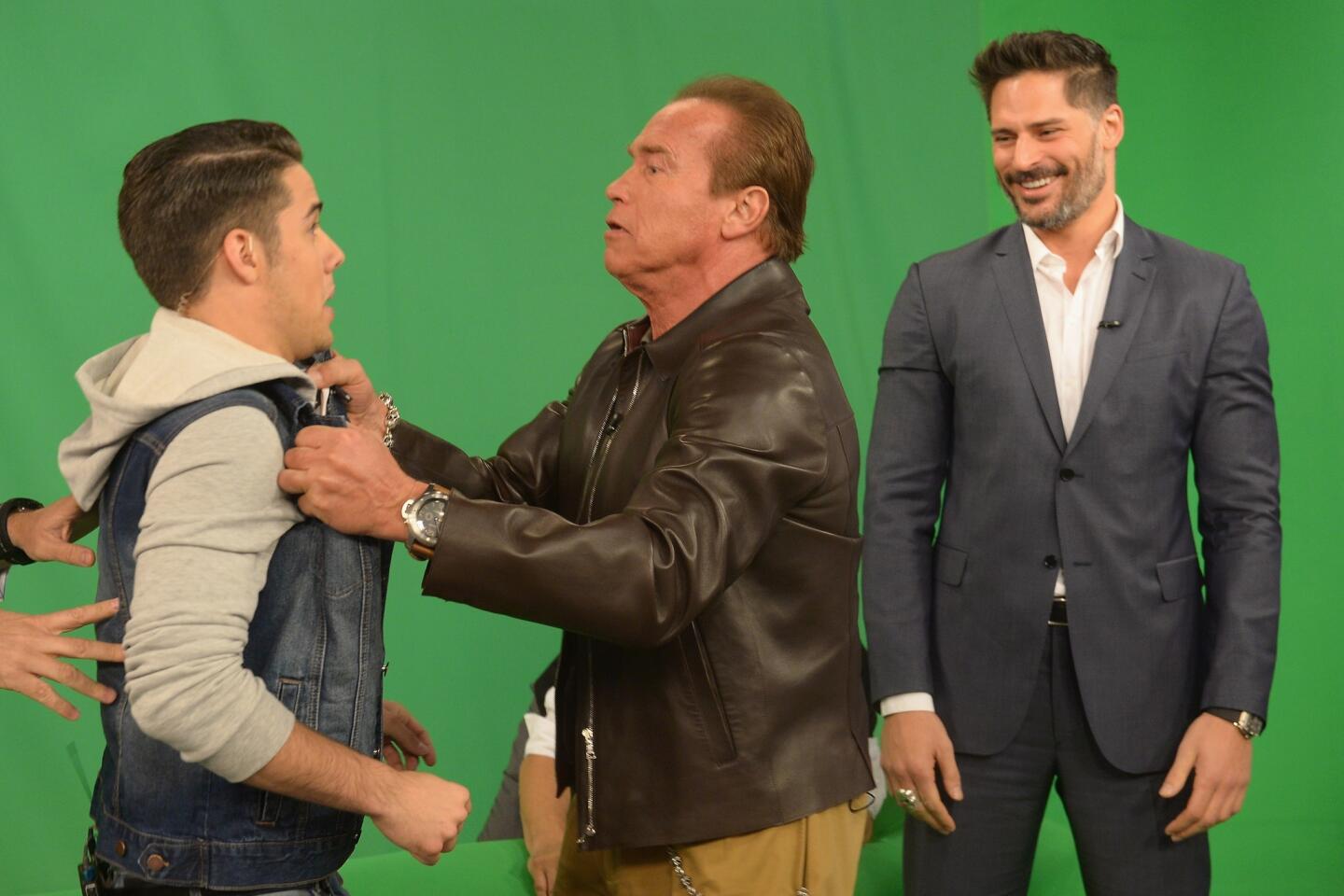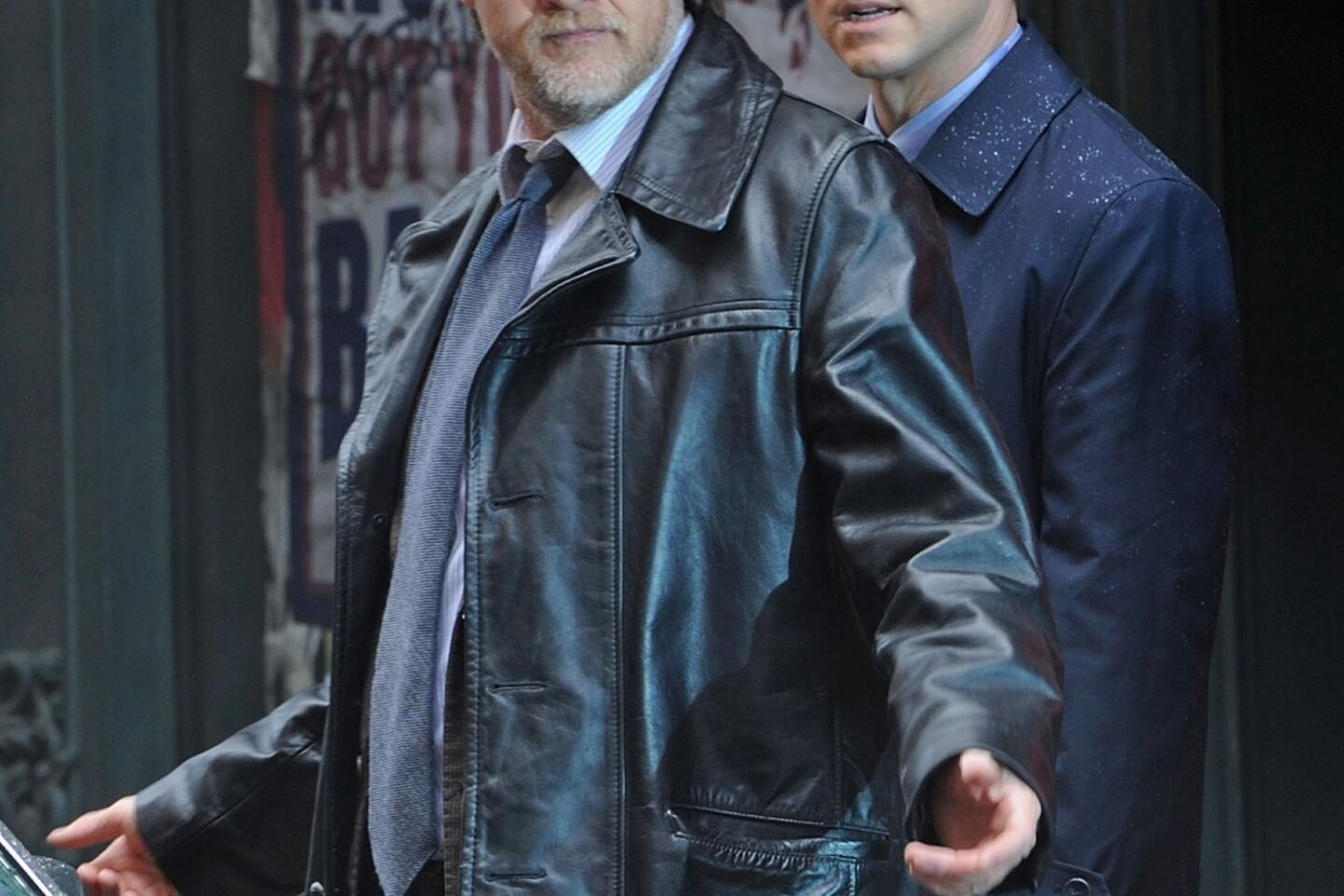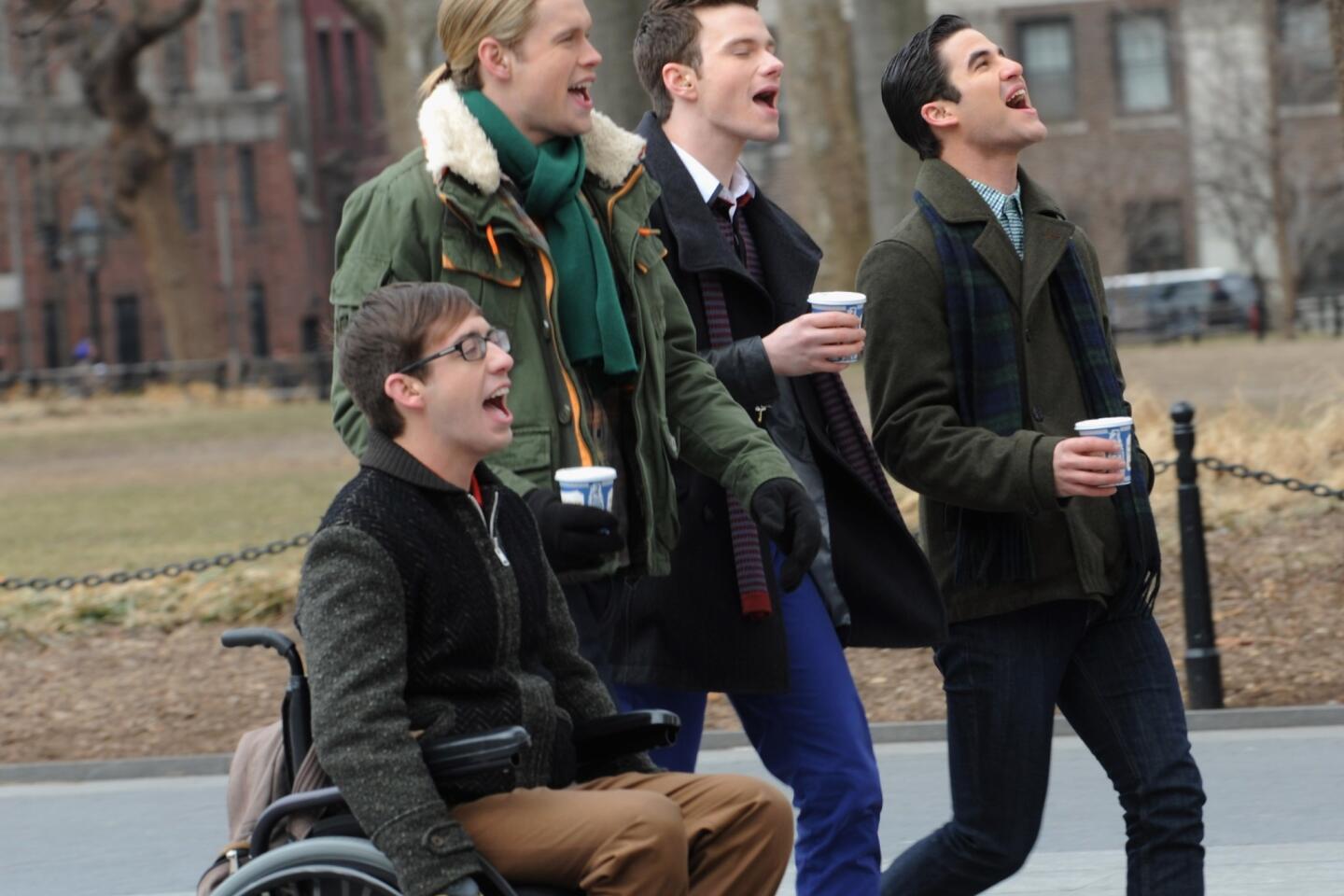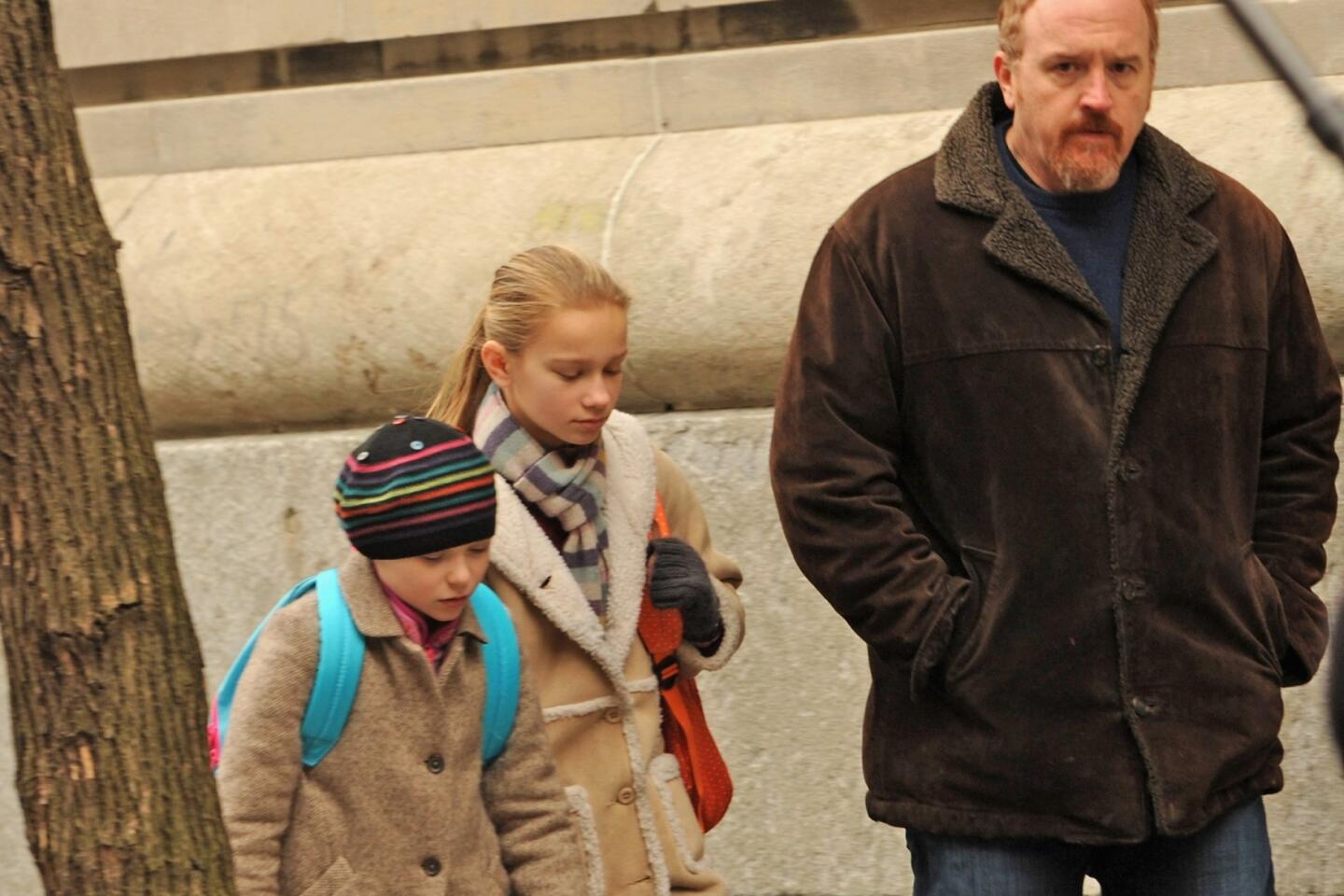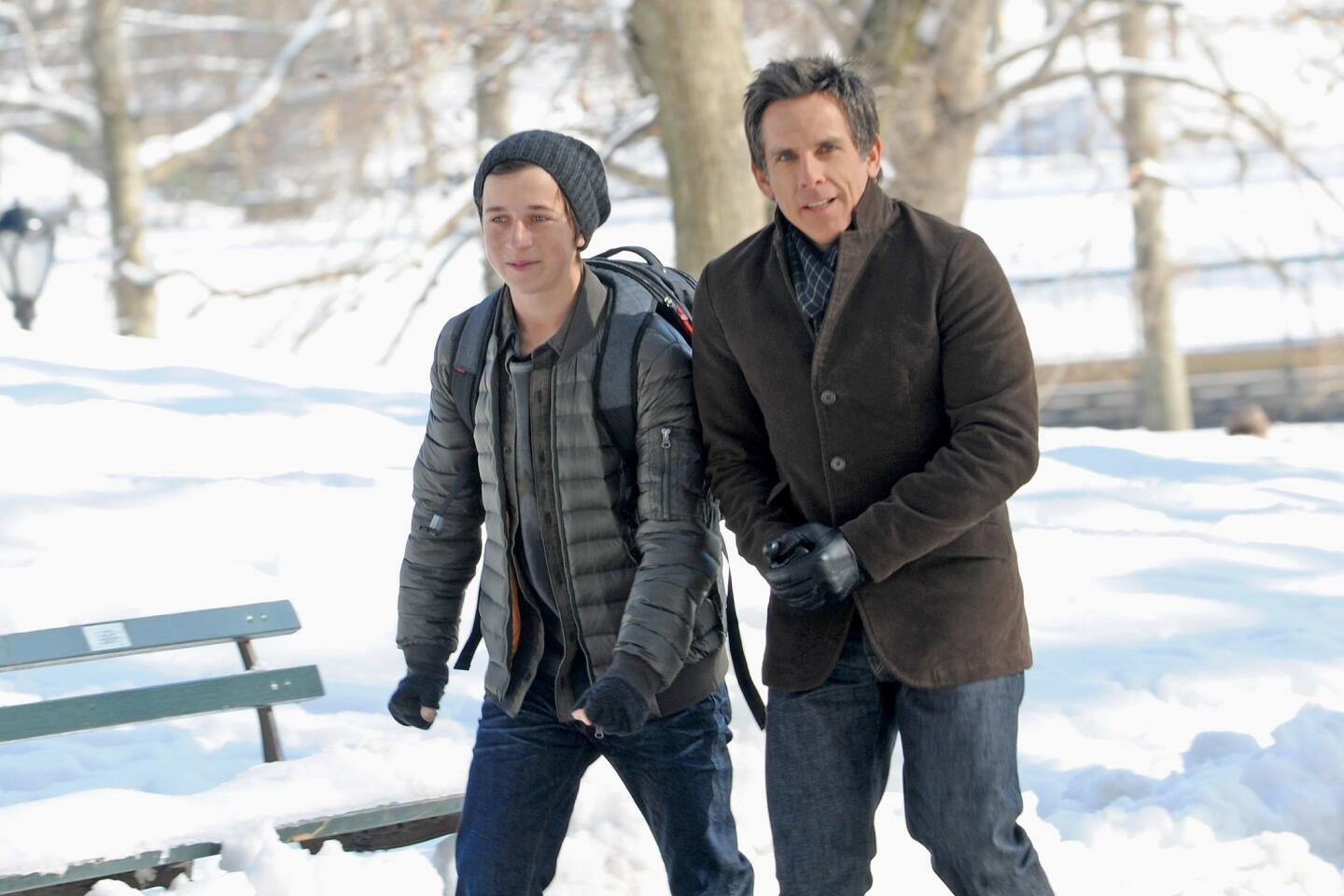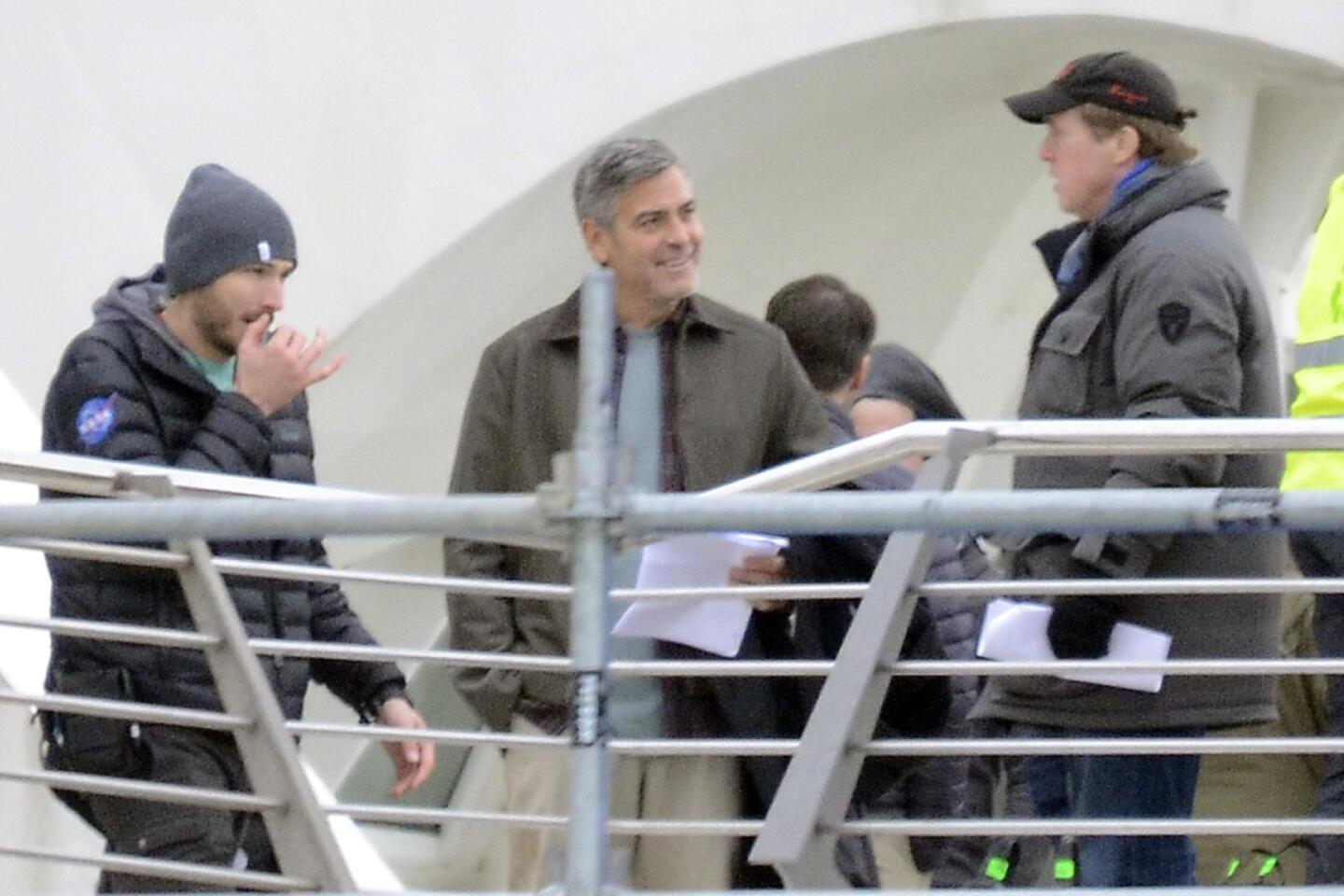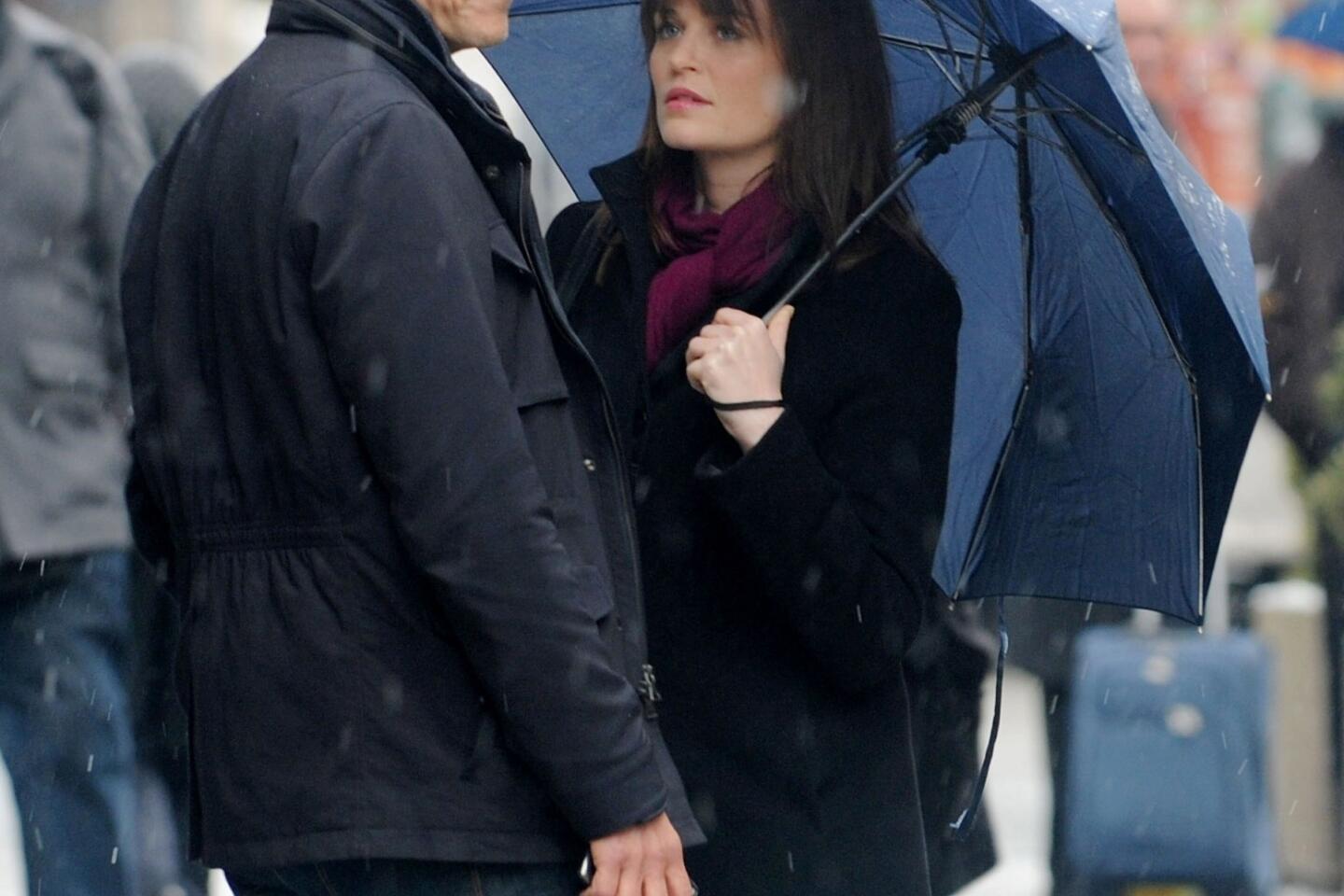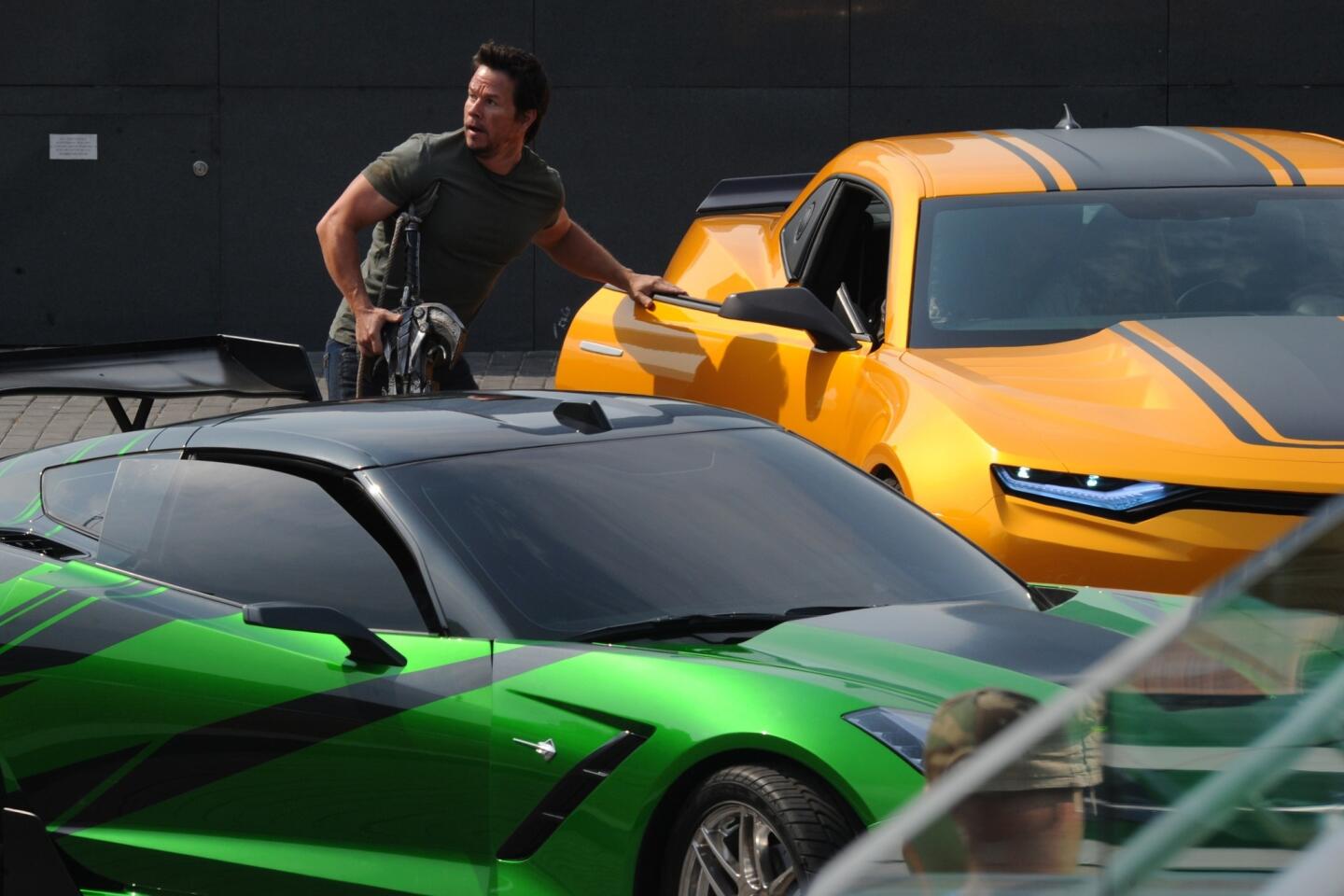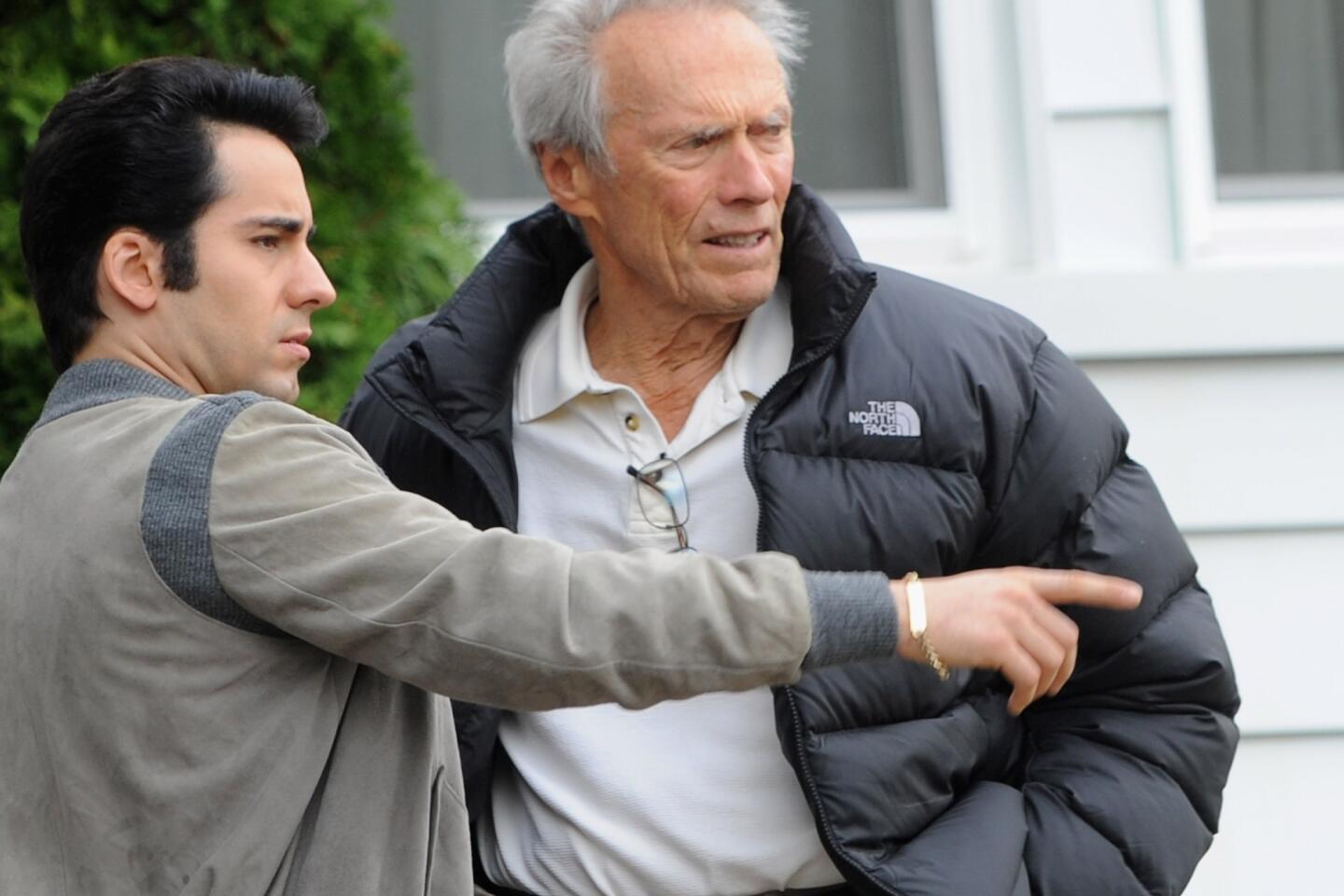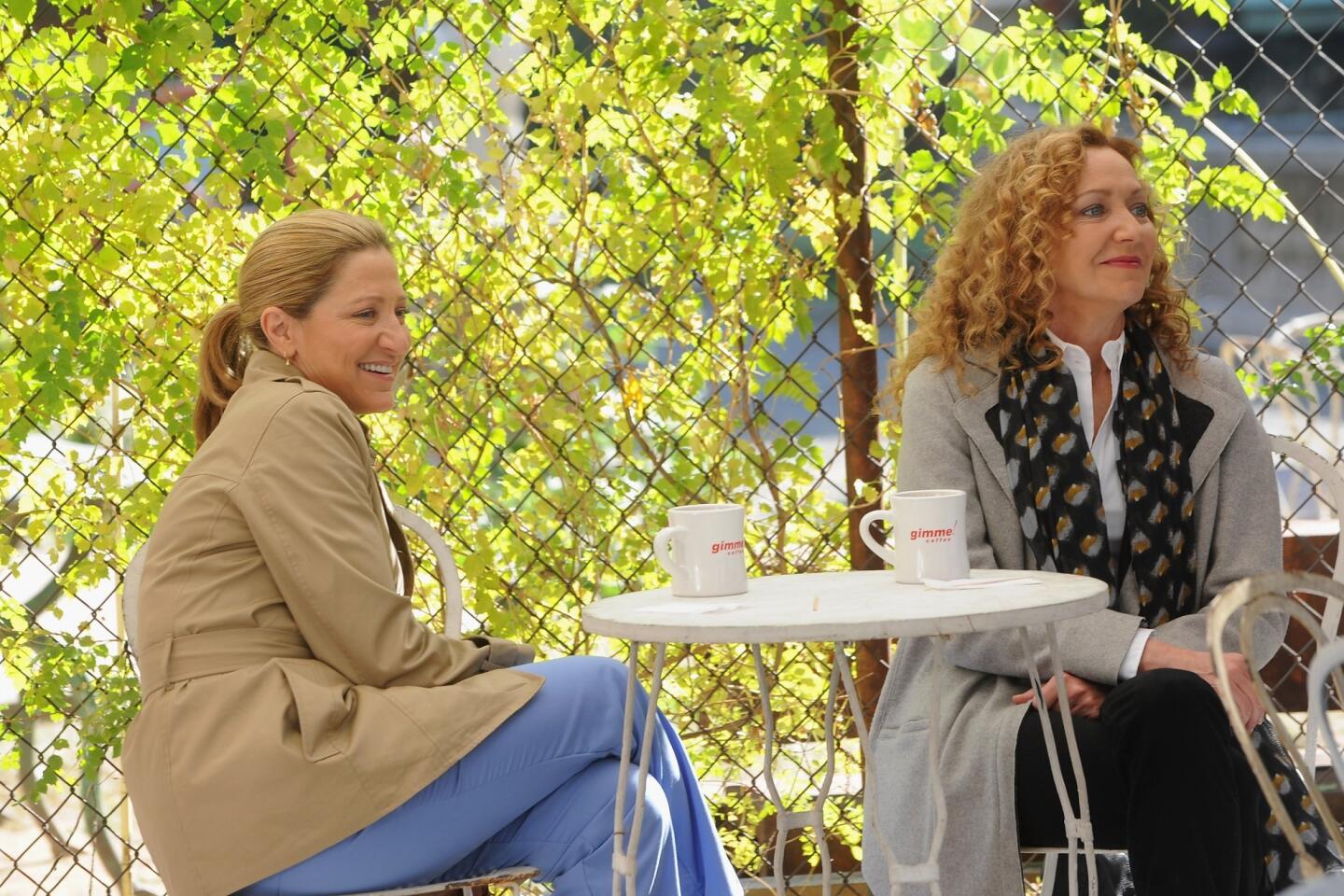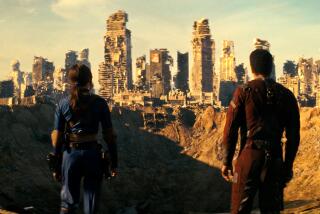For ‘Mr. Banks,’ Simi Valley works as Australian outback
- Share via
Michael Corenblith is grateful for the rolling hills of Simi Valley.
The production designer on Disney’s “Saving Mr. Banks” relied heavily on the 10,000-acre Big Sky Ranch in the Ventura County city to help re-create the childhood home of P.L. Travers, the “Mary Poppins” novelist at the center of the film.
The just-released movie starring Tom Hanks and Emma Thompson tells the story of Walt Disney’s relationship with Travers and flashbacks on her tough childhood growing up in the Australian outback.
ON LOCATION: Where the cameras roll
Disney had considered filming part of the movie in Australia, but ultimately decided to shoot virtually all the movie in Los Angeles (except for one day in London). That was possible because the ranch’s open landscape proved remarkably similar to the Australian outback of P.L. Travers’ childhood a century ago.
Big Sky, famously depicted in the TV series “Little House on the Prairie,” even had Australian sheep and some of the same foliage found in sheep farms in Queensland, likely the result of seeds brought over in the hooves of the imported sheep decades ago.
“That was a miraculous thing,” said Corenblith, who also worked on “Frost Nixon” and “Apollo 13.” “For the last 50 years, the site was slowly being prepared for us.”
PHOTOS: Billion-dollar movie club
The Big Sky Ranch, about 40 miles northwest of downtown Los Angeles, was one of several locations used during nine weeks of shooting late last year, including Disneyland, the Los Angeles County Aboretum & Botanical Garden in Arcadia, the former Grauman’s Chinese Theatre, the Langham Huntington and the Disney Studios lot in Burbank.
Relying on photos of Travers’ actual home in Allora, Australia, Corenblith reconstructed a replica of the house at the Big Sky Ranch, previously used in the HBO series “Carnivale.”
Other Aussie scenes were filmed on the back lot of Universal Studios, Heritage Square Museum and the Pacific Southwest Railway Museum in San Diego.
PHOTOS: Celebrities by The Times
The studio had another incentive to film locally. It received a $2.4-million film tax credit for the production, which employed a cast and crew of 700 people, who worked all over the region.
Corenblith re-created Walt Disney’s office on the studio lot at a warehouse in Santa Clarita (Disney’s actual office is occupied by a producer). He and his team relied on hundreds of photographs from Disney archives and from an exhibit at the Ronald Reagan Presidential Library, where Disney’s actual office furnishings were on display.
The former Grauman’s Chinese Theatre in Hollywood also reprised its historic role as the venue where “Mary Poppins” premiered. The production closed down Hollywood Boulevard in front of the Chinese Theatre and dressed up the street to look like 1964.
PHOTOS: Greatest box office flops
Fortunately, little work was required. “The major elements of the Chinese Theatre are exactly as they were in 1964,” Corenblith said.
Director John Lee Hancock and his crew filmed two days at Disneyland, mostly during early-morning hours before the park opened. They filmed at the entrance and along Main Street. They shut down Fantasyland for an afternoon to film sequences at Sleeping Beauty’s Castle and on the King Arthur Carousel, where Disney tells Travers that “there’s a child in all of us.” Park visitors saw some filming from a distance.
The film was just the third major feature film to shoot at Disneyland in the park’s 58-year-old history. The other two were the 1960 comedy “40 Pounds of Trouble” directed by Norman Jewison and the 1996 Tom Hanks movie “That Thing You Do!”
“People were amazed,” said location manager Andrew Ullman. “They were like, ‘They are making a movie here. Who is that? Tom Hanks and Emma Thompson? That’s worth the price of admission itself.’”
Twitter: @rverrier
More to Read
Inside the business of entertainment
The Wide Shot brings you news, analysis and insights on everything from streaming wars to production — and what it all means for the future.
You may occasionally receive promotional content from the Los Angeles Times.
